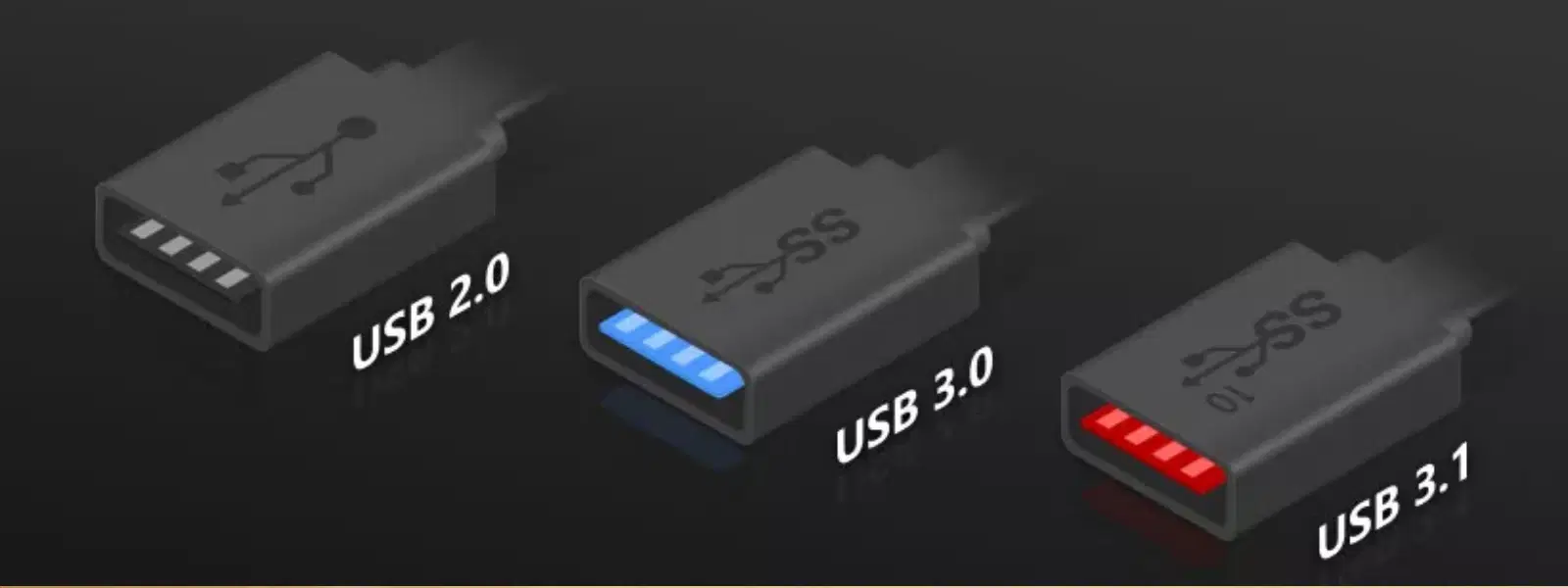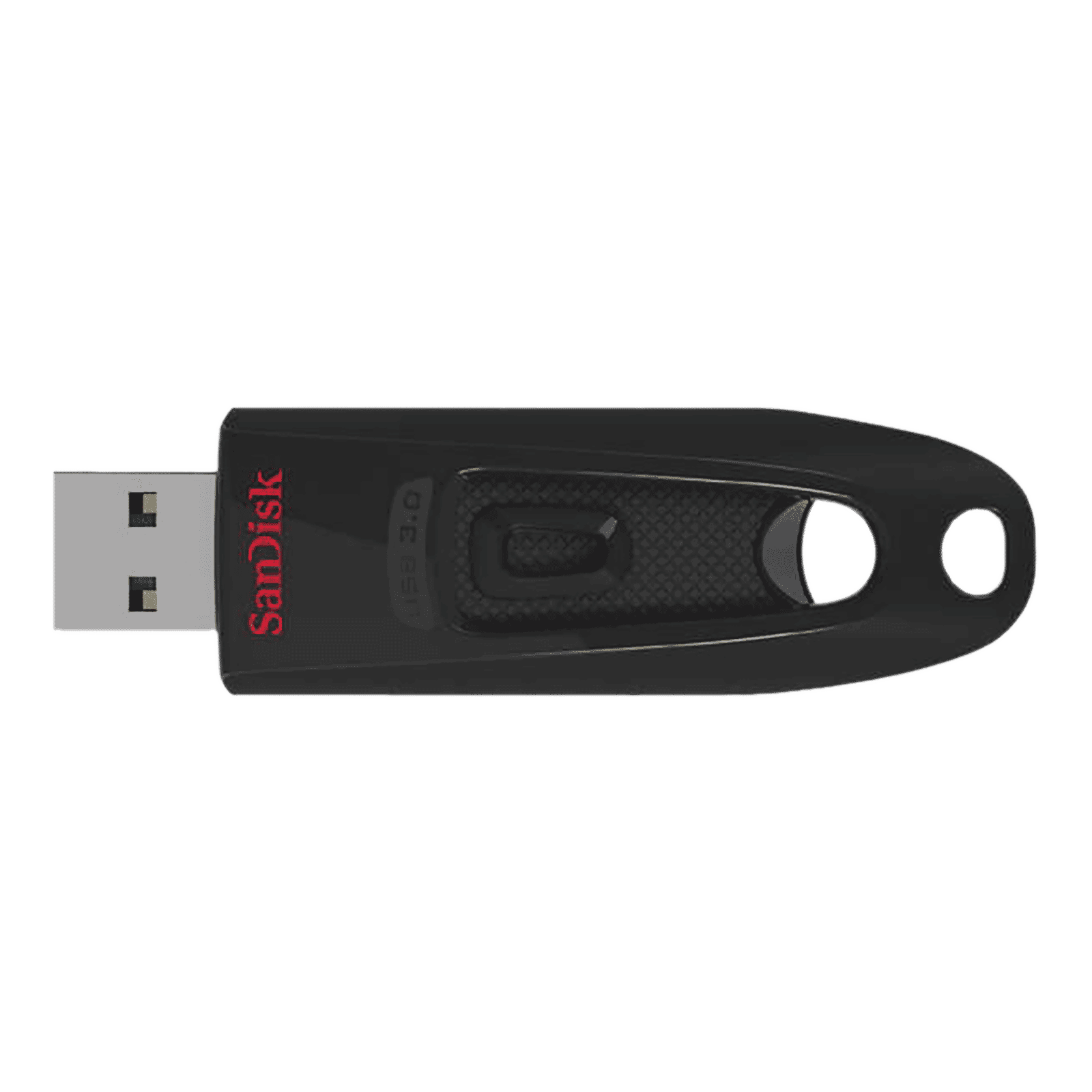
Consumer Electronics
•04 min read

Buy SanDisk Ultra 32GB USB (3.0) Pen Drive (Portable Design, Black) online at best prices from Croma. Check product details, reviews & more. Shop now!
In today's digital age, safeguarding sensitive data is not a luxury—it's a necessity. USB drives are a convenient solution for portable storage, yet they can become a security risk if left unencrypted. This tutorial offers a step-by-step guide on how to encrypt a USB drive, ensuring your files remain private and secure.
Encryption is the method of transforming readable data into coded information. By using strong passwords and sophisticated algorithms, encryption converts your files into a format that only authorised access—typically via a password—can decrypt. When you encrypt your USB drive, you create a secure barrier that prevents anyone from reading the data without the appropriate credentials.
Unprotected USB drives carry risks such as data theft, loss, or unauthorised access. Whether you are storing sensitive business documents or personal records, encryption adds a critical layer of security to protect this information. This is particularly important when you travel or use public computers where the risk of data breaches is higher.
Before you begin, ensure your operating system is compatible with the encryption tool you intend to use. Back up all your data as a safeguard against unexpected data loss during the encryption process. This preparation step will help prevent any accidental loss of important files.
There are several methods available. Windows users often use built-in tools like BitLocker to secure their drives, while macOS users can rely on Disk Utility. For those seeking additional features or a cross-platform solution, third-party software like VeraCrypt provides robust security. Another viable option is to opt for USB drives that come with built-in hardware encryption, offering an alternative approach to secure storage without needing to rely on software alone.

Buy SEAGATE One Touch 2TB USB (3.0) Portable Hard Disk Drive (Rescue Data Recovery Services, Silver) online at best prices from Croma. Check product details, reviews & more. Shop now!
For Windows 10 and Windows 11, BitLocker provides a simple way to encrypt your drive. Insert your USB drive and launch BitLocker from the Control Panel. Follow the prompts to enable encryption, and be sure to set a strong password along with creating a recovery key. Keep these details in a secure location, as they are essential for data recovery.
If BitLocker is unavailable or you prefer an alternative, VeraCrypt is a popular third-party tool. Install VeraCrypt and launch the application. Create an encrypted volume on your USB drive by selecting the relevant drive and following the on-screen instructions. This method secures your files by creating a virtual encrypted disk within your USB drive that can be mounted using your chosen password.
macOS users can rely on Disk Utility for an effective encryption process. Insert your USB drive, open Disk Utility, select your drive, and choose the option to encrypt. Set a strong password and ensure that you store it securely. Disk Utility encrypts the entire drive, making it unreadable without the designated password.
For those who prefer third-party solutions on macOS, tools such as VeraCrypt provide similar benefits as on Windows. The process is very much the same: install the tool, follow the guided steps to create an encrypted volume on your drive, and use a strong password for optimal security.
Maintaining the security of your encrypted USB drive requires regular updates, such as changing your password periodically and using multi-factor authentication where supported. It is also critical to securely store your recovery keys. Whether the drive is used for business or personal data, these measures help preserve the integrity of your sensitive content over time.
If you ever face issues unlocking your encrypted drive due to forgotten credentials, most encryption tools offer recovery options using the recovery key. Additionally, compatibility issues with older USB drives or older operating systems may occasionally arise. In such cases, ensure that you update your tools, or refer to the on-screen troubleshooting instructions provided by the software.
Did You Know? USB Encryption Enhances Data Security Beyond Password Protection
Encryption doesn’t just lock your files—it transforms them into unreadable code that only your password can decrypt. This ensures your data remains safe even if your USB drive is lost or stolen.
Yes, USB flash drives can be encrypted using built-in tools like BitLocker on Windows or Disk Utility on macOS, and also through third-party software such as VeraCrypt.
To encrypt an external USB drive, use popular tools like BitLocker (for Windows), Disk Utility (for macOS), or VeraCrypt. Follow the steps outlined in this tutorial to secure your files.
Encrypt your USB drive using tools like BitLocker or VeraCrypt, set a strong password, and store recovery keys securely while avoiding sharing access credentials.
While USB ports themselves cannot be encrypted, software solutions can be employed to restrict access or disable ports on your computer to enhance security.
You can use VeraCrypt or other trusted third-party tools to encrypt a USB drive without relying on BitLocker. These applications allow you to create encrypted volumes and secure your files efficiently.
Encrypting your USB drive is a straightforward yet powerful way to protect your files from unauthorised access. By following the methods outlined above for Windows, macOS, and third-party tools, you can secure your vital data and enjoy safe portable storage. Whether you use BitLocker, Disk Utility, or VeraCrypt, remember that a proactive approach to data security is the key to lasting protection. With Tata Neu, you also enjoy the added benefit of earning NeuCoins on every purchase, rewarding your smart shopping decisions. The platform is designed to support your tech and lifestyle needs through customer-first service and unmatched convenience.